If you leave town or have an extra car that you don't drive often, you will want to store your vehicle. However, there are some things you need to do to store your car correctly. Let's take a look at how you can properly do this below.
If you plan on leaving your vehicle for a while, there are some things to ensure it remains operable. Some steps you can take include:
- Clean it regularly
- Change the oil
- Clean the cylinders
- Fill the tank
- Store it inside
- Remove/cover wiper blades
- Inflate your tires
- Don't use the parking brake
- Use a car cover
- Prepare for potential rodents
- Drive your car periodically
- Keep the insurance
We know that this seems like a long to-do list, but it is vital that you follow these steps to store your car correctly. Not to worry, in this article, we will explain each step in detail so that you can confidently store your vehicle.
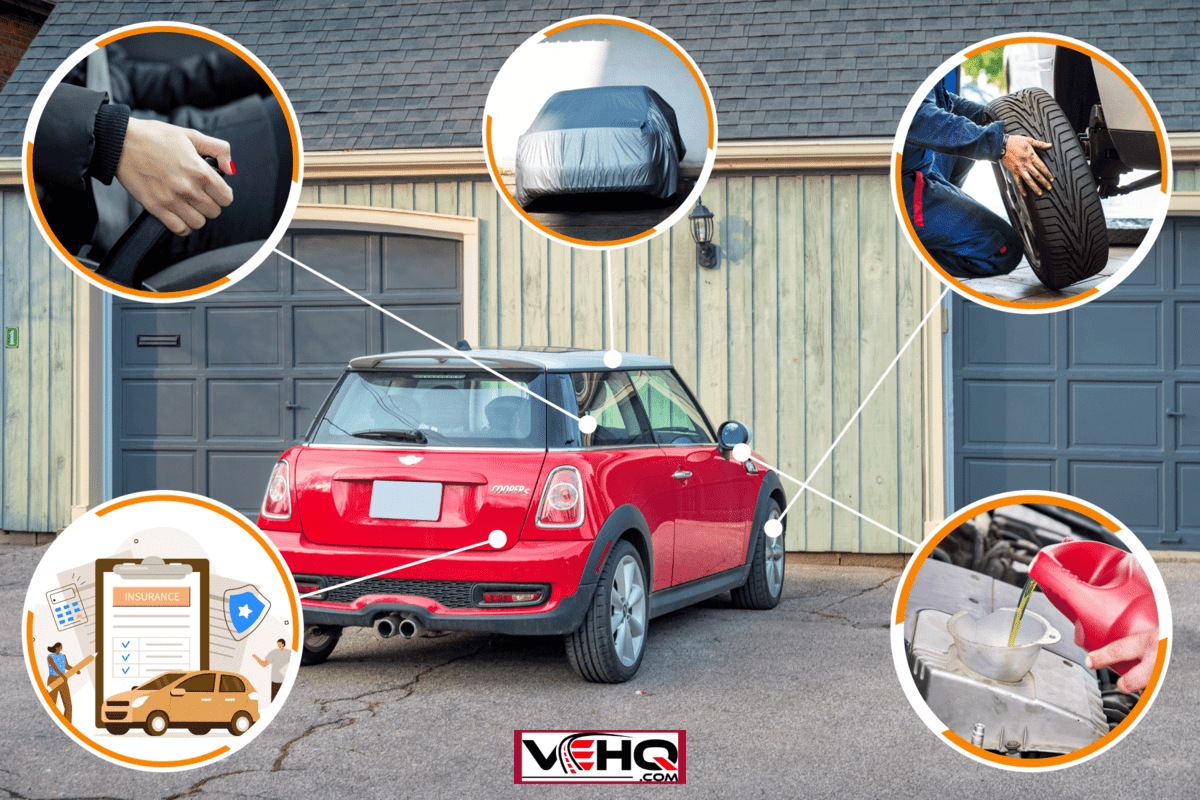
How To Store Your Car Correctly
There are several reasons you would need to store your car, such as leaving town or having an extra vehicle that you don't use often.

Regardless of your reason, there are specific steps that you need to take to store your car correctly. We will walk you through everything you need to know about keeping your car when you're not using it for long a long time.
Clean It
The first thing you need to do is clean your car. This may seem like an obvious step, but it is essential to remove any dirt, dust, or debris that could potentially damage your vehicle while it's in storage. Leaving bird droppings or food crumbs in your car, for example, could attract rodents or insects.
We know this sounds counter-productive - you're going to store your car, so why clean it now? But trust us, it is much easier to clean your vehicle before storing it than it is to try and remove the dirt after it has been in storage for a while.
Change The Oil
The next step is to change the oil in your car. This is important because old oil can degrade and become corrosive over time. When you start your vehicle after storing it for a long time, the last thing you want is for the engine to fail because of old, degraded oil.
It is also a good idea to change the oil filter.
This will help ensure that your car's engine is getting the cleanest possible oil and will help prolong its life. When you take the vehicle out of storage, have the oil changed again so that the new oil can circulate through the engine.
Clean The Cylinders
The next step is to clean the cylinders in your car. This is important because dirt and debris can build up in the cylinders and cause problems when starting the vehicle. To clean the cylinders, you will need to remove the spark plugs and apply oil to the cylinders.
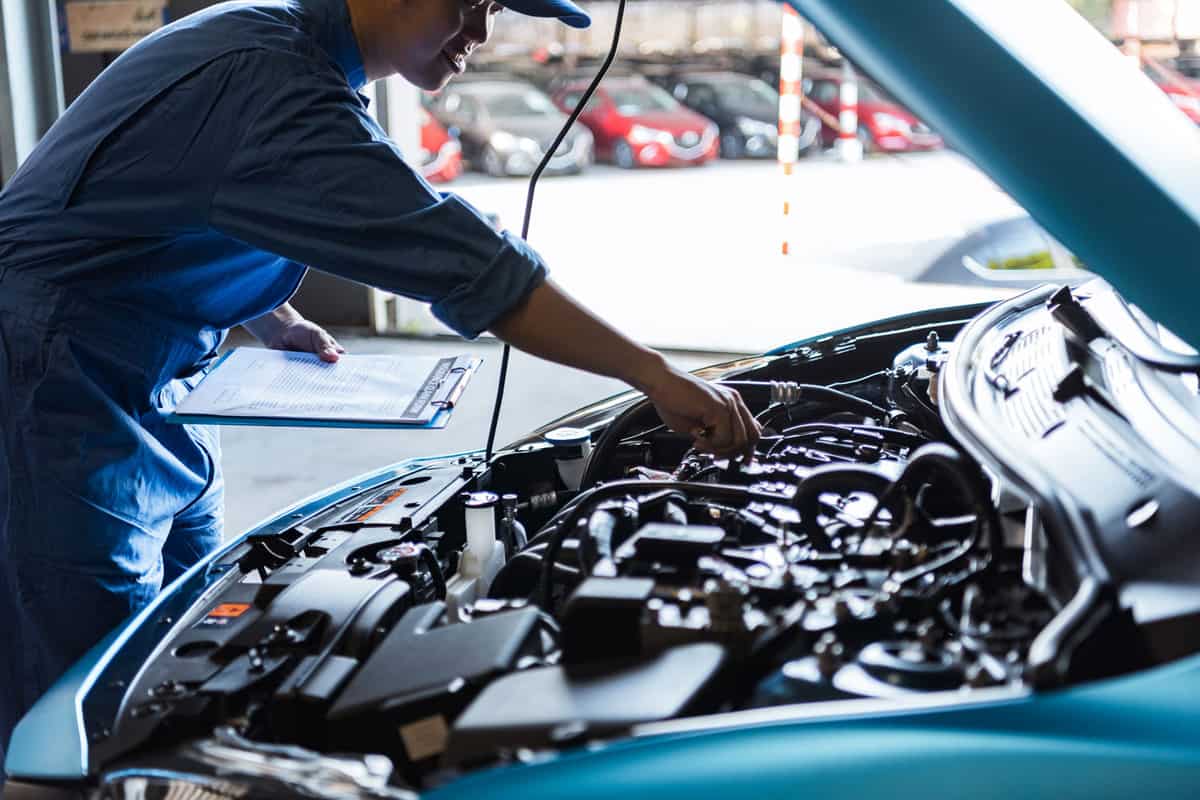
Once the oil has been applied, you will need a brush to clean the cylinders. Be sure to use a soft brush to don't damage the cylinders. Once you clean the cylinders, you can reinstall the spark plugs and move on to the next step.
Fill Your Tank With Gas
The next step is to fill up your gas tank. This may seem like an odd thing to do, but it helps prevent rust and corrosion.
When your car's gas tank is full, there is less space for moisture to condense and collect. This moisture can lead to rust and corrosion, so keeping your gas tank full reduces the risk of damage to your car.
Store Your Vehicle Inside
If at all possible, store your car inside. This will protect your vehicle from the elements and potential weather damage. If you must keep your car outside, then be sure to invest in a good quality car cover.
Remove Or Cover Wiper Blades
Once your car is inside and clean, the next step is to remove or cover your wiper blades. Again, if you live in extreme weather conditions (hot or cold), it is best to remove your wiper blades and store them inside.
If you don't want to remove your wiper blades, cover them so that they don't stick to the windshield while your car is in storage.
Inflate The Tires
Another vital step in preparing your car for storage is to inflate the tires. Again, this may seem like a no-brainer, but you would be surprised how many people forget to do this.
Under-inflated tires can cause flat spots, which can be challenging to repair. By inflating your tires before storing your car, you help prevent flat spots and keep your tires in good condition.
Don't Use The Parking Brake
When you park your car, be sure not to use the parking brake. This may seem like a small detail, but it can cause big problems.
Leaving your parking brake on can cause it to seize up, making it difficult (or even impossible) to release when you want to take your car out of storage.
Use A Car Cover
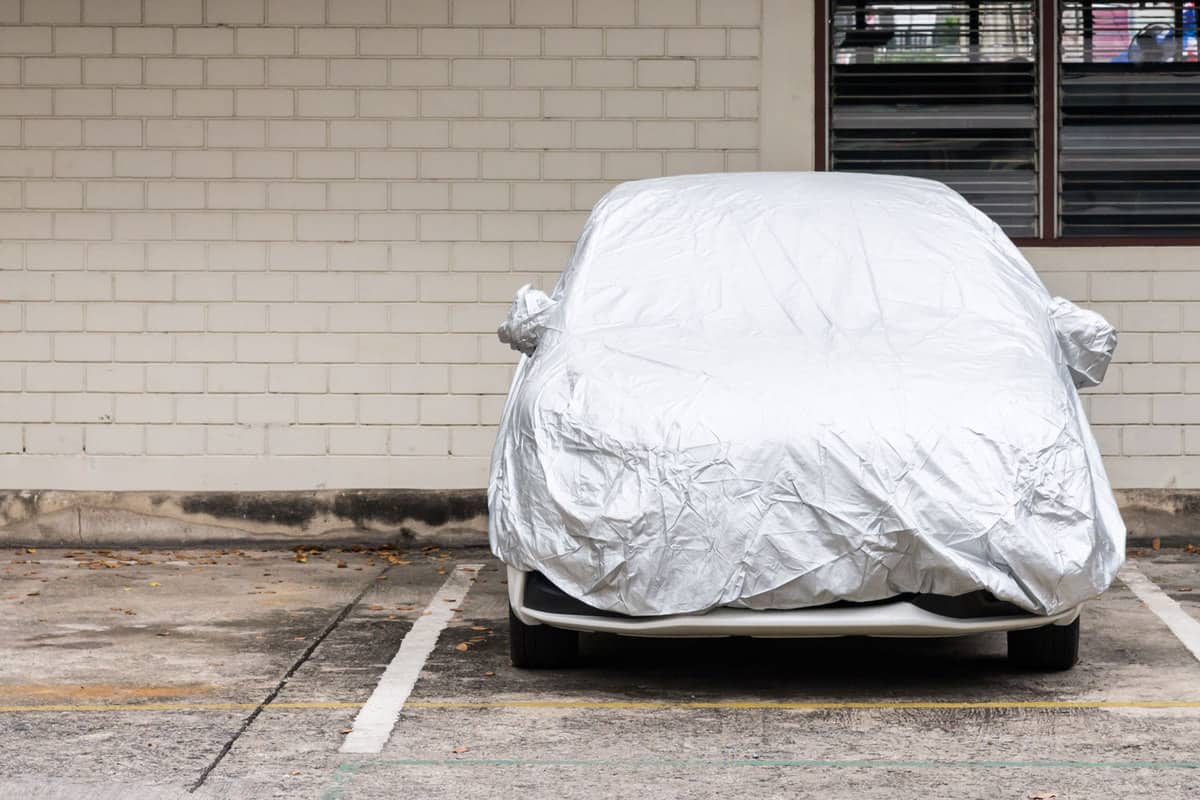
Okay, now you are ready to cover your car. If you are storing your vehicle inside, you can use a simple dust cover. However, if you keep your car outside, you will need to invest in a good quality car cover.
Even though your car is parked inside, you still need to cover it to keep the dust off. A car cover will also protect your vehicle from UV rays, which can cause fading and other damage.
Prepare For Rodents
Whether your car is inside or outside, you need to take precautions against rodents. Mice and rats love to nest in cars, and they can do a lot of damage.
To keep rodents out of your car, use mouse traps or rat traps around the perimeter of the storage area. You can also use ultrasonic devices, which emit a high-pitched sound that rodents find unpleasant.
Drive Your Car Periodically
If you have a friend or family member willing to help, have them start your car and let it run for a while every couple of weeks.
This will help keep the battery charged and prevent it from dying while in storage.
If you don't have anyone who can help, consider investing in a battery tender. This device plugs into your car and trickle-charges the battery, ensuring it stays charged and ready to go.
Keep Insurance Up-To-Date
Finally, make sure that your car insurance is up-to-date. If anything happens to your car while it is in storage (theft, vandalism, etc.), you want to be sure that you are covered.
Storing your car doesn't have to be a difficult task. By taking a few simple precautions, you can ensure that your vehicle is protected while in storage.
What Should I Do Once I'm Ready To Use My Vehicle?
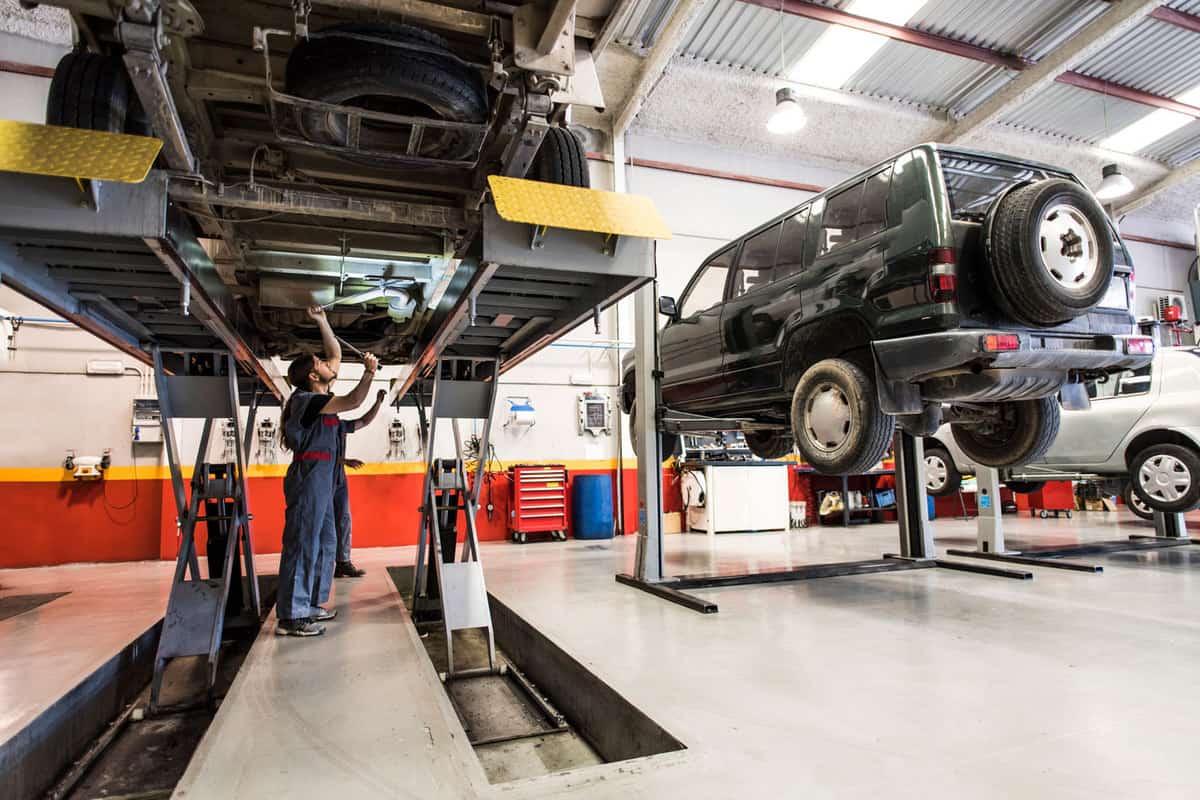
Once you're ready to take your car out of storage and go for a drive, there are some things to do. These typically include:
Inspect The Car
Once you take your car out of storage, inspect it for any damage. This includes checking for rodents, weather damage, and any other issues. If you find any damage, be sure to have it fixed as soon as possible.
Charge The Battery
If your car is stored for an extended period, the battery may be dead. So be sure to charge the battery before driving the vehicle.
Change Your Oil
If your car has been stored for an extended period, you will need to change the oil. This is because the oil will have broken down and will no longer be effective at lubricating the engine.
Check The Tires
Another thing to check is the condition of the tires. If they have been in storage for a while, they may have developed flat spots. If this is the case, you will need to have the tires replaced.
Check The Fluids
You also need to check the fluids in your car. This includes the windshield washer fluid, brake fluid, and coolant. If any of these have become depleted, you will need to refill them.
If you want to store your car for an extended time, it is crucial to take steps to protect it from damage.
Change Spark Plugs
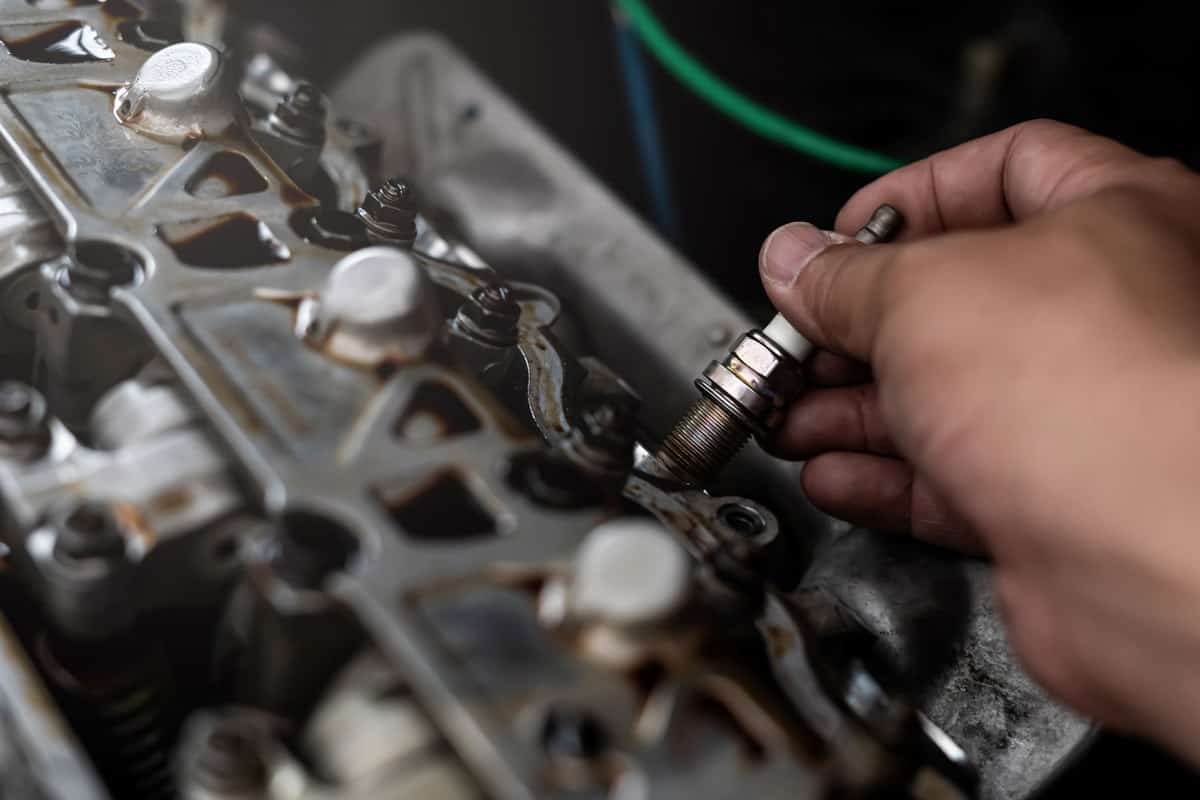
When your car sits for three months or longer, the piston rings can become stuck to the cylinder walls. This is caused by a build-up of oil and debris on the rings.
To prevent this from happening, you should change the spark plugs.
To Wrap Things Up
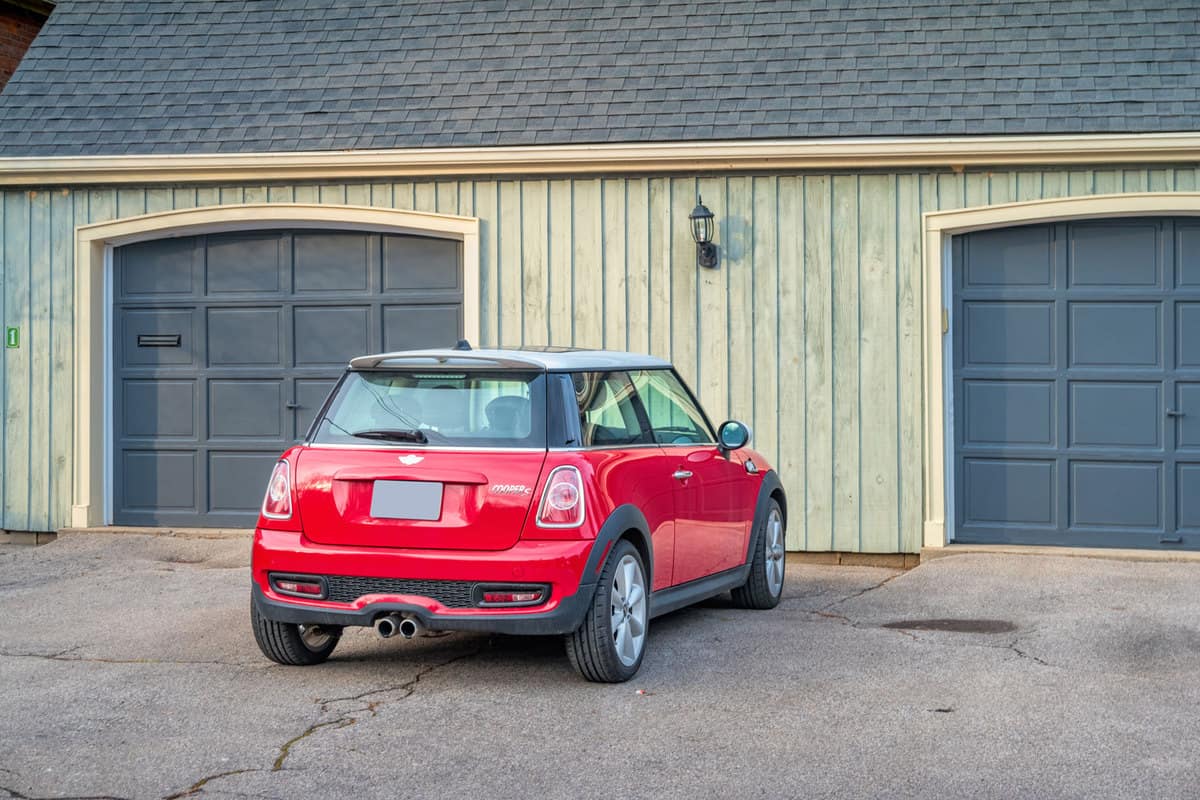
Storing your car doesn't have to be a difficult or complex task at the end of the day. By taking steps to protect it from damage and ensure that it is adequately maintained, you can rest assured that your car will be in good shape when you take it out of storage.
Made it to the end? Here are other articles you might find helpful:
Should Tires Be Stored Flat Or Upright?
